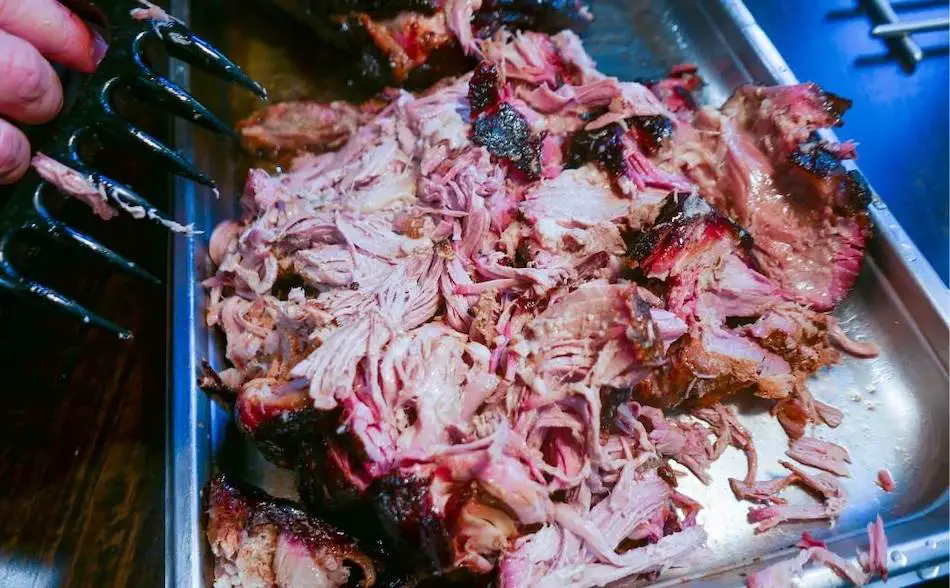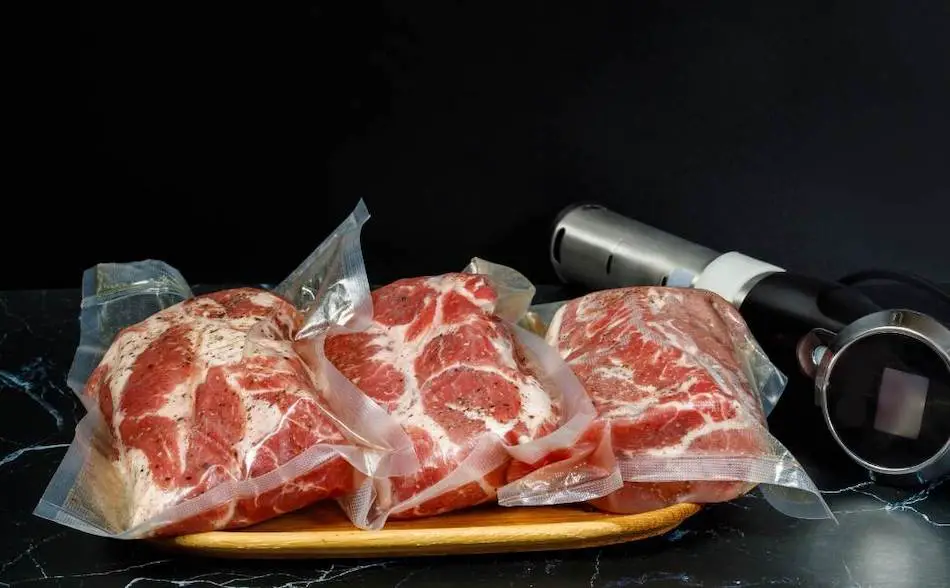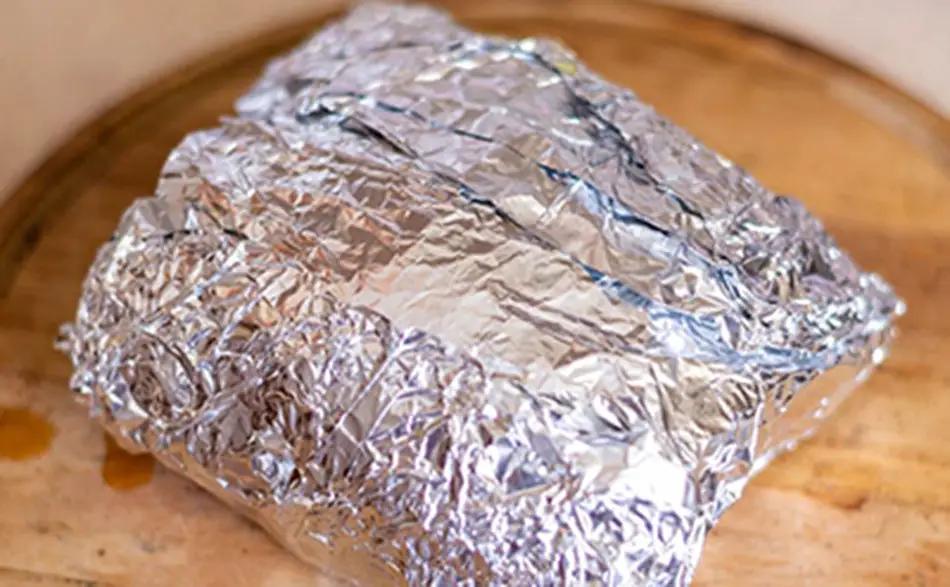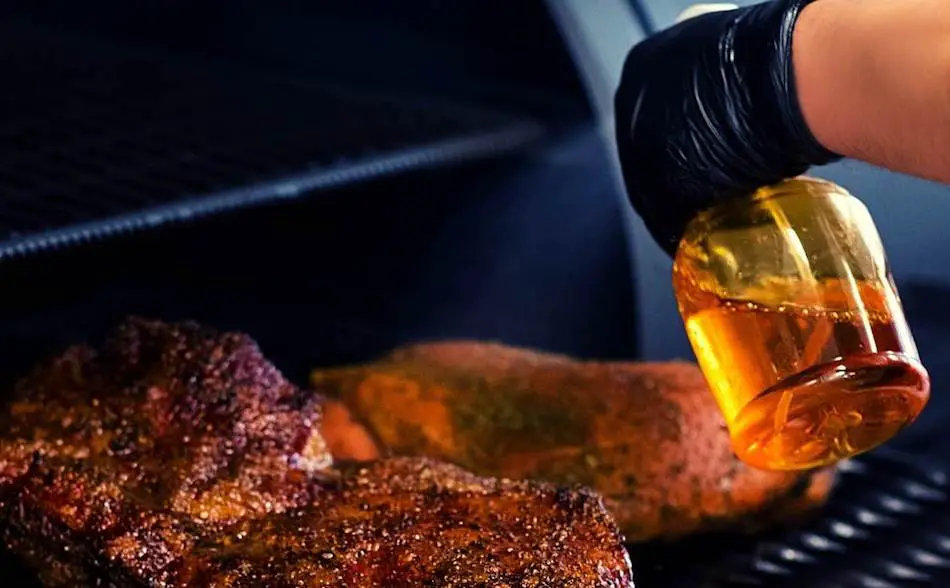
Cooking a pork butt in a smoker can be tough because there are so many variables to consider. The size of the meat, the cooking temperature, and all sorts of other factors can impact the cook time. So it’s hard to know exactly how long it will take to cook a pork butt. But don’t worry – I’ll go through all the variables and help you figure out the all the cook times for pork butts.
When smoking a pork butt at 220°F, you can expect a cook time of about 1.5 hours per pound. Most pork butts range from 6 to 10 pounds, so the total cook time will be anywhere from 9 to 15 hours. If you want to reduce the cook time, you can try increasing the cooking temperature to 250°F. This will significantly reduce the cook time, with the pork butt cooking closer to 1 hour per pound. Keep in mind that cooking at a higher temperature may result in a less tender and smoky final product, so it’s a trade-off between cook time and flavor.
Total Cook Times For Pork Butt
Key Points
- The cook time for a pork butt depends on the size of the meat, the cooking temperature, and various other variables.
- It is generally recommended to cook a pork butt at 220°F, which will take anywhere from 9 to 15 hours depending on the size of the meat.
- This low and slow cooking method allows for the breakdown of connective tissue, resulting in a tender and flavorful final product.
- Cooking a pork butt at a higher temperature, such as 250°F to 275°F, can significantly reduce the cook time, though it may result in a less smoky flavor and potentially less tender meat.
- Hot and fast cooking, at temperatures above 300°F, can also reduce the cook time to 5 to 6 hours, but may result in a less smoky and less tender final product.
- The best cook time and temperature will depend on the desired outcome and the specific preferences of the cook.
- Spritzing or mopping pork butt involves constantly opening the smoker lid, which can cause the loss of heat and add extra cook time.
- The best time to spritz is after about 3 or 4 hours into the cook.
- Spritzing every hour on the hour is not necessary during the first 3 to 4 hours of the cook.
- Once you begin spritzing, spray the meat every 30 to 40 minutes until wrapping.
- Using a water pan in the smoker can slow down the cook time.
- Weather can also impact the cook time, with wind, rain, and cold temperatures potentially cooling the smoker and increasing cook time.
- Humid climates and high altitudes can also affect cook time.
Factors That Can Impact Cook Time For Pork Butt
| Factor | Description |
|---|---|
| Size of meat | Larger pork butts will take longer to cook. |
| Cooking temperature | Lower temperatures (220°F) will take longer to cook but result in more tender meat, while higher temperatures (250°F to 275°F) will reduce cook time but may result in less tender meat. Hot and fast cooking at temperatures above 300°F can also reduce cook time, but may result in less tender and less smoky meat. |
| Water pan | Using a water pan in the smoker can slow down the cook time. |
| Weather | Wind, rain, and cold temperatures can cool the smoker and increase cook time. Humid climates and high altitudes can also affect cook time. |
| Spritzing/mopping | Constantly opening the smoker lid to spritz or mop the pork can cause heat loss and increase cook time. It is best to spritz after about 3 or 4 hours into the cook, and then every 30 to 40 minutes until wrapping. |
“Aaron Franklin Pork Butt (Pulled Pork) Recipe And Technique”
Cooking Pork Butt At 220°F
To play it safe, it’s generally recommended to smoke meat at 220°F. For a pork butt, this will take anywhere from 9 to 15 hours depending on the size of the meat. This low and slow cooking method allows for the breakdown of connective tissue, resulting in a tender and flavorful final product. However, cooking a pork butt at a higher temperature, such as 250°F to 275°F, can significantly reduce the cook time, though it may result in a less smoky flavor and potentially less tender meat.
Hot and fast cooking, at temperatures above 300°F, can also reduce the cook time to 5 to 6 hours, but may result in a less smoky and less tender meat. Also, using a water pan in the smoker, spritzing or mopping the pork butt, and weather conditions can all impact the cook time.
More Time, More Smoke
When cooking the pork butt at 220°F, the meat will take longer to cook, and will therefore spend more time in the smoker absorbing smoke. The downside of cooking pork butt hot and fast is the meat spends less time in the smoker, meaning it will have less smoke flavor.
A pork butt cooked at 220°F will take longer to reach the wrapping stage, which is usually somewhere around a 165°F internal meat temperature. It may take the pork 5 hours to reach the wrapping stage, whereas a pork butt cooked at 250°F may take only 4 hours before it’s ready to wrap.
Per Pound @ 220°F
If you get your hands on a large 10 pound pork butt, then clear the calendar because you’re going to need the entire day and half the night to cook a 10 pounder! At 220°F, you are looking at around 15 hours total cook time if you wrap and follow the correct spritzing times. A pork butt weighing 6 pounds will take around 9 hours to cook at 220°F. However, times may vary depending on other techniques, such as foil wrapping and spritzing. I would highly recommend cooking a 10 pound pork butt at 250°F, because it will save you several hours and the pork will still taste tender and juicy if you know the fundamentals.

Cooking Pork Butt Between 250°F And 275°F
Cooking a pork butt at a higher temperature, such as 250°F, can save you time without compromising the final outcome. This temperature is especially suitable for larger pork butts (10 pounds) and will take around 11 hours to cook. A smaller pork butt (6 pounds) will also cook relatively quickly at 250°F, taking around 7 hours. It’s important to note that pork butts contain a lot of fat, which adds flavor and moisture to the meat. This is in contrast to pork legs, which have less fat and can dry out easily, requiring less cook time.
Hot & Fast Pork Butt
Hot and fast cooking has become a popular trend in barbeque, allowing for faster cook times for a pork butt. While the benefit of this method is clear – you can have your pork butt cooked in as little as 5 to 6 hours – there are a few drawbacks to consider. For one, the meat may not have as much flavor, as it spends less time in the smoker absorbing smoke. Additionally, the texture of the meat may be less tender, as the collagen in the pork shoulder may not have enough time to render if the meat is not cooked at a low temperature for several hours. Overall, the choice between hot and fast cooking and low and slow cooking will depend on your personal preferences and desired outcome.
Allow For Resting Time
When you’re cooking a pork butt, it’s important to remember to give it some time to rest after it’s done cooking. It’s recommended to let the meat rest for at least an hour, but longer is even better. This allows the juices in the meat to redistribute and makes for a more tender final product. If you want to keep the pork butt hot while it’s resting, you can place it in a dry cooler and wrap it in foil and a towel. This should keep it hot for at least 4 hours, giving you time to prepare any sides or sauces to go with the meal. Just make sure to plan for some resting time when you’re cooking a pork butt to ensure a tasty and tender final result.
Pork Butt Size
The size of the pork butt and the cooking temperature are the two main factors that influence the total cook time. Pork butts come in a range of sizes, from around 6 pounds up to about 10 pounds. As you might expect, a larger pork butt will take longer to cook than a smaller one. For example, a 10 pound pork butt might take 6 hours longer to cook than a 6 pound butt. In addition to size, the cooking temperature will also affect the cook time. A lower temperature, such as 220°F, will take longer to cook the pork butt, while a higher temperature, such as 250°F, will cook the meat more quickly. When you’re planning your cook, be sure to consider both the size of the pork butt and the cooking temperature to determine the total cook time.
How Wrapping Speeds The Cook
Wrapping is an important step in when cooking a pork butt and will influence the cook time significantly. Once the meat has been wrapped in foil, the meat will cook at a much faster rate. Foil will hold in the heat, creating steam and almost braise the pork. An unwrapped pork butt will not only take a few hours longer, it may not be as juicy. However, the advantage of the naked pork butt is a firm bark because wrapping will soften the crust.

Spritzing & Mopping Slows The Cook
Spritzing or mopping pork butt can add flavor and moisture to the meat, but it’s important to keep in mind that constantly opening the smoker lid to do so can slow down the cook. Every time you open the lid, heat escapes from the smoker, which can add extra time to the cook. It’s generally best to leave the pork butt alone for the first few hours of the cook, allowing it to absorb smoke and allowing the smoker to maintain a steady temperature. Once the pork butt has been cooking for a few hours, you can begin spritzing or mopping it every 30 to 40 minutes until it’s time to wrap. Just be aware that opening the smoker lid to spritz or mop the pork butt may add some extra time to the cook.
When To Spritz Pork Butt?
The best time to spritz is after about 3 or 4 hours. It’s best to leave the pork untouched for most of the first part of the cook. Leave the meat to absorb smoke and allow the smoker to hold a steady temperature. Some people will spritz the pork every hour on the hour, but this isn’t necessary during the first 3 to 4 hours. Once you begin spritzing, spray the meat every 30 to 40 minutes until wrapping.

Other Factors That Will Slow Your Cook
If you use a water pan in your smoker, this will slow down the cook. Water helps regulate the temperature of your smoker and isn’t recommended if your smoker is struggling to reach the target temperature.
Weather also plays a significant part in the total cook time, and can add several hours onto the cook time. Wind, rain and chilly temperatures will cool the metal on your smoker. On a wintry day, cold air will get sucked in through the vents and cool the smoker. If you live in a humid climate, this will increase the moisture inside your smoker, which will also impact cooking times. If you live at a high altitude, this will also influence the cooking time.
Best Wood For Smoking Pork Butt
When it comes to smoking pork, there are a few types of wood that are generally considered the best choices. These include hickory, oak, and pecan. These woods have a strong, bold flavor that pairs well with the rich flavor of pork. They also burn relatively hot and long, providing a consistent source of smoke for the duration of the cook. Other popular choices for smoking pork include cherry, apple, and mesquite. These woods have a more subtle, sweeter flavor that can complement the flavor of the pork. Ultimately, the best wood for smoking pork will depend on your personal preference and the specific flavors you want to impart on the meat. Experiment with different woods to find the one that works best for you.
“Resting Pork Butt In A Cooler – How Holding Meat Helps With Time Management”
